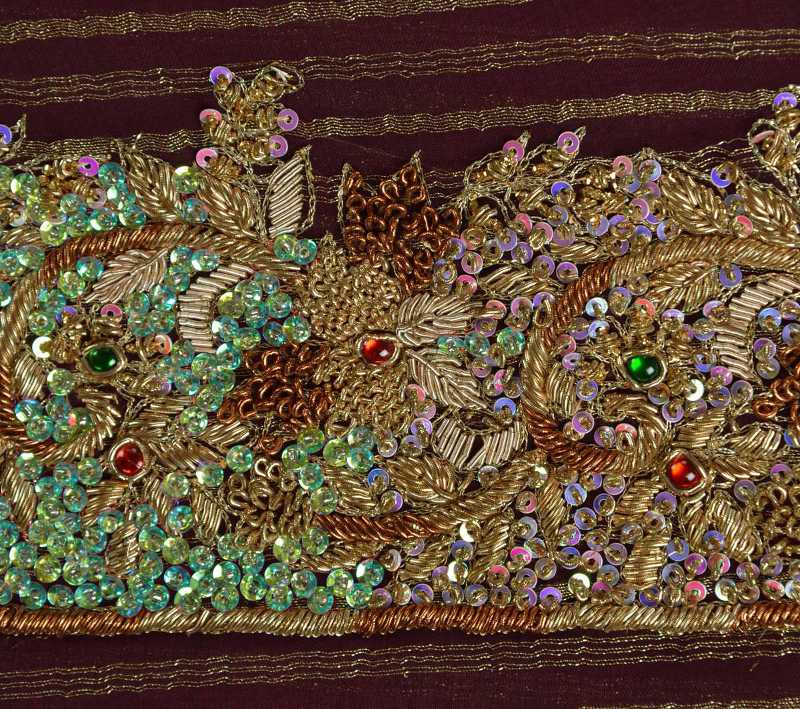===
0256,
2
===

=== |
 |
lut̤f : 'Delicacy; refinement; elegance, grace, beauty; the beauty or best (of a thing); taste; pleasantness; gratification, pleasure, enjoyment; —piquancy, point, wit; —courtesy, kindness, benignity, grace, favour, graciousness, generosity, benevolence, gentleness, amenity'. (Platts p.957)
ek : 'One, single, sole, alone, only, a, an; the same, identical; only one; a certain one; single of its kind, unique, singular, preëminent, excellent'. (Platts p.113)
FWP:
SETS == A,B; EK; GENERATORS; MIDPOINTS; POETRY
MOTIFS
NAMES
TERMS == POETICS; THEMEThe extreme multivalence of this verse makes it what I call a 'generator' of meanings. In the first line, the heavy lifting is done by the two future subjunctives ho and similarly (though to a lesser extent) jāve . Here are some literal possibilities for kuchh ho (see also the grammar note below):
=something might be (neutral)
=let something be! (a desire)
=if something would be... (part of planning for the future)and for lut̤f nah jāve :
=pleasure might not go (uncertainty)
=pleasure would not go (a kind of conditional assertion)
=pleasure ought not to go (a moral obligation)and for us se :
=because of it/that
=from it/thatAnd then, the us can refer either to some unknown 'it', or else to some contextually indicated 'that' (the one in 'something', or the 'elegy' or 'lament' in the next line).
In the second line, what really strikes me forcefully is that after the miniature two-item 'list' of 'elegy or lament', we get the sudden globally sweeping generalization about har ik bāt , 'every single utterance/idea'-- which strongly suggests that the full range of such utterances goes from 'elegy' to 'lament'. The speaker apparently can't even conceive of the existence of a wider range of examples.
And what do we then learn about 'every single utterance/idea'? That its 'style' is ek -- a word with a remarkable variety of possible meanings in its own right (see the definition above). Among other possibilities, it might mean that every bāt has its own unique style, or else that every bāt has the same single style.
Finally, since this is a radically 'A,B' verse, we're left entirely on our own in deciding how to put the two lines together. Something in the first line is being likened and/or contrasted to something in the second line-- but what, exactly? Or are the whole lines being compared or contrasted, in their broad meanings? The elusiveness of this verse is stunning.
Note for grammar fans: In the first line, kuchh ho of course literally means 'something might/would/should be'. As SRF notes, there's also the idiomatic meaning of 'whatever might be' or 'no matter what'. Because kuchh ho is a limit case of future subjunctive simplicity, and can be said in so many different tones, its range of meaning becomes un-pin-downably broad.